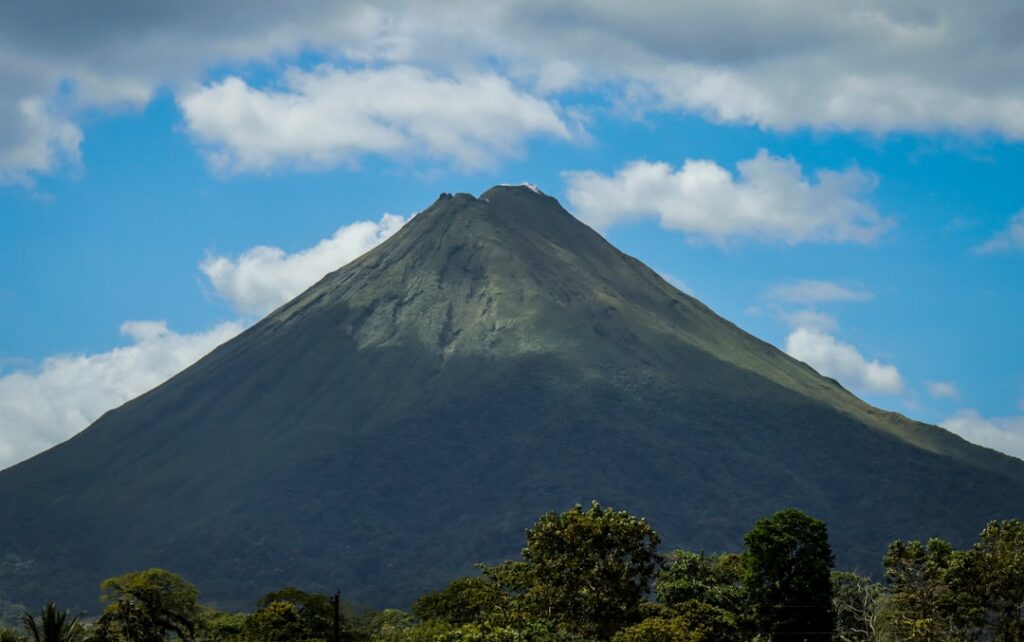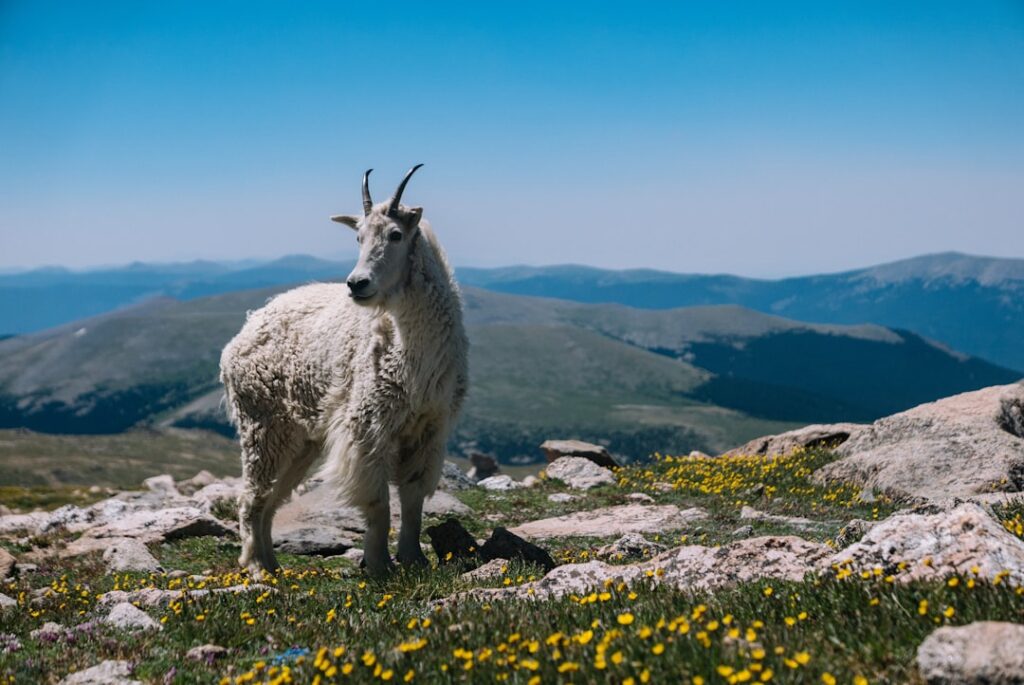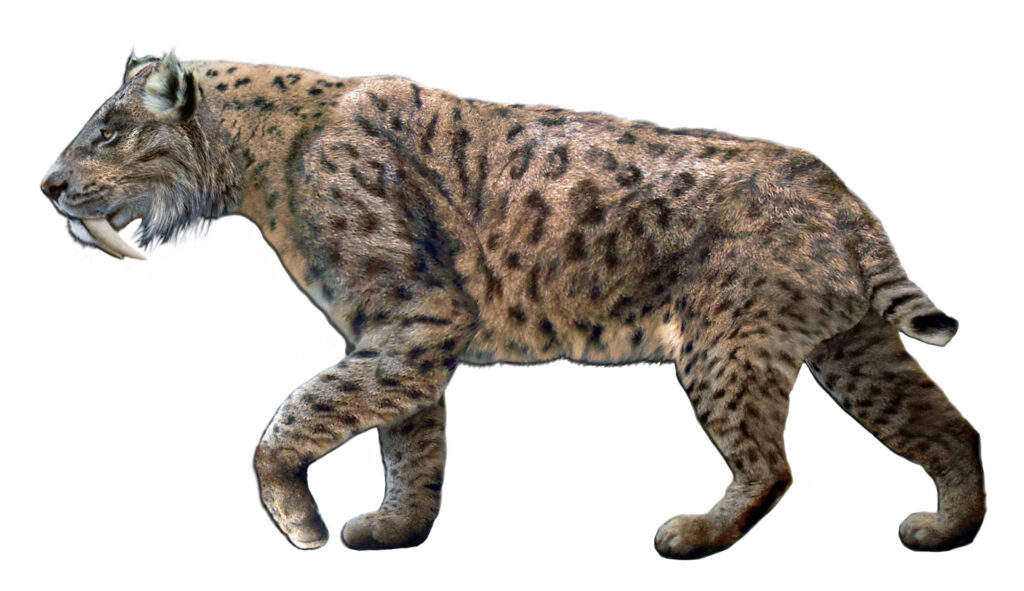Deep beneath our feet, a hidden drama plays out every day. While the world’s most famous volcanoes grab headlines with their spectacular eruptions, there’s a quieter, more subtle story unfolding across the globe. Thousands of seemingly dormant volcanoes are far from truly sleeping. They’re restless giants, constantly reshaping landscapes through processes you might never notice without specialized instruments.
These volcanic systems can remain quiet for thousands of years before potentially reawakening, yet during their periods of apparent dormancy, they continue to influence the world around them in profound ways. The landscape changes they create happen slowly, often imperceptibly, but their cumulative effects can be dramatic over time.
Let’s dive into the fascinating world of these restless sleepers and discover how they transform our planet without ever producing a single ash cloud or lava flow.
The Hidden Life Beneath Dormant Peaks
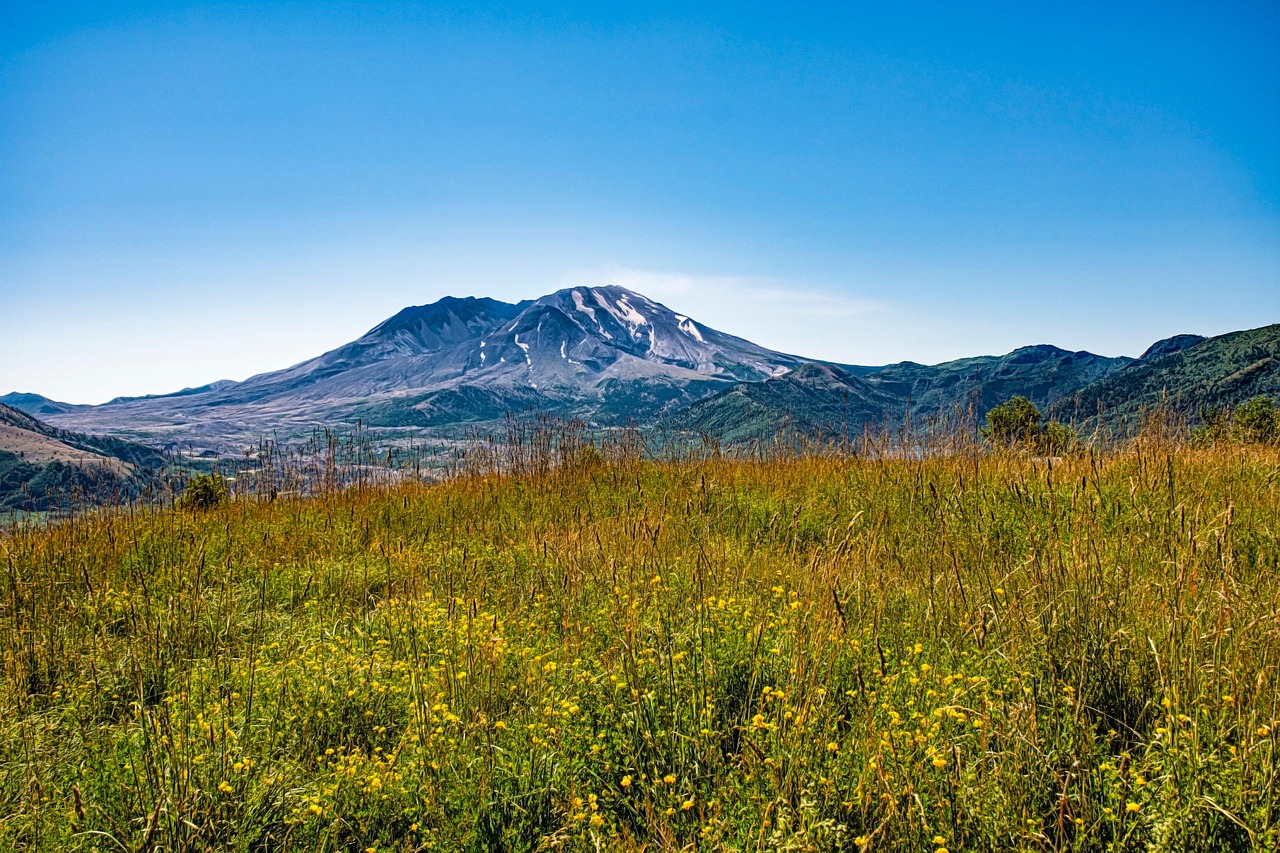
Even when volcanoes haven’t erupted for millennia, evidence of magma beneath the ground – indicated by magma-related seismicity, ground deformation, or active hydrothermal systems – means they should still be considered active but dormant. Think of it like a pot of water on a stove set to low heat. The water isn’t boiling, but it’s far from cold.
Scientists believe the magma chambers under dormant volcanoes are filled with sticky, viscous mush. This underground reservoir doesn’t sit idle. The movement of magma causes deformation that changes the shape of the volcano or surrounding landscape through inflation from pressurization or deflation from depressurization. The process is so subtle that this deformation often measures just a few centimeters or less, detectable only with very sensitive instruments.
Ground Deformation: When Mountains Breathe
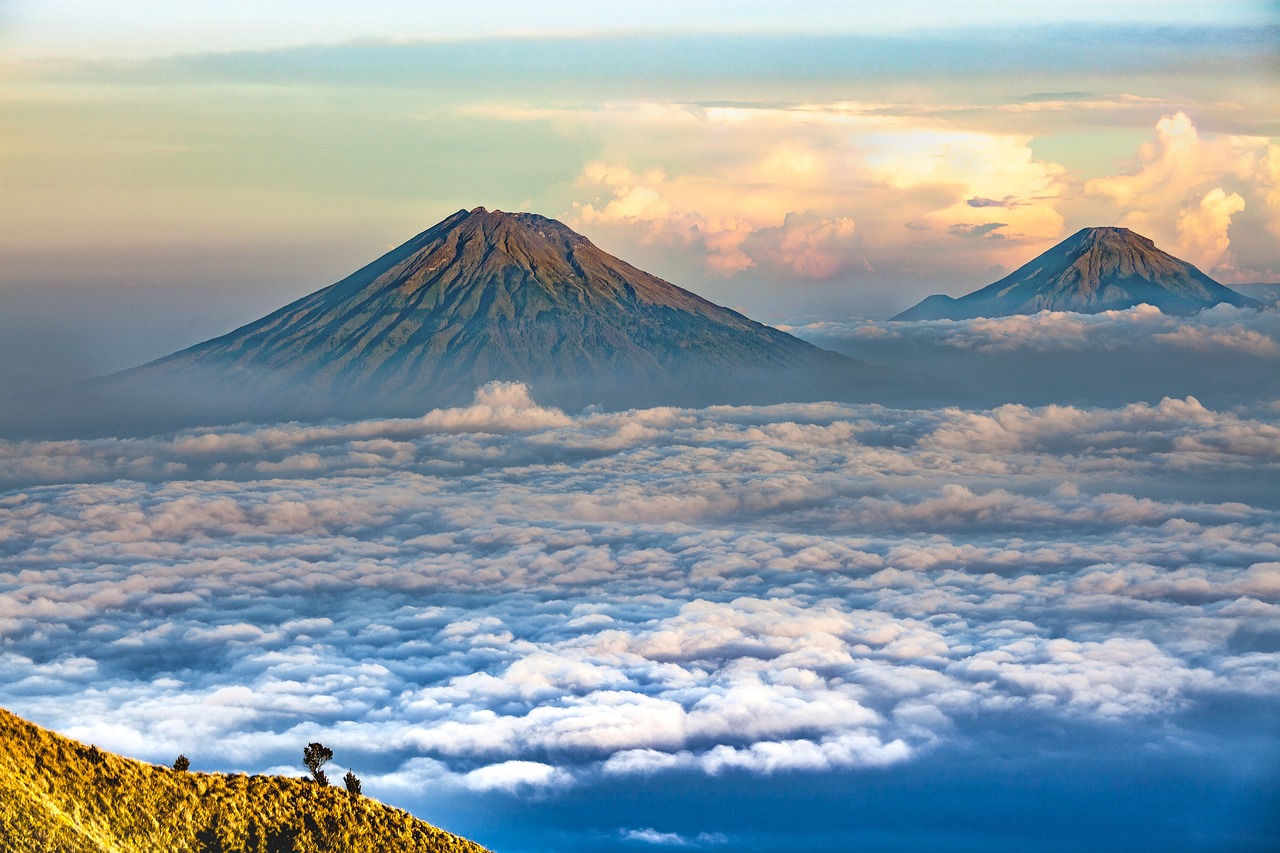
Imagine if you could see volcanoes breathing. That’s essentially what ground deformation monitoring reveals. As magma accumulates in underground reservoirs before potential eruptions, the ground surface typically swells in a process called inflation. As the magma reservoir inflates, it pushes the overlying and surrounding ground up and out, causing the ground around active volcanoes to swell due to pressurization from magma below.
The reverse happens during deflation. When magma moves elsewhere or potentially erupts, the ground above the reservoir subsides. These movements occur even when no eruption takes place. Mauna Loa Volcano has experienced multiple episodes of inflation since its 1984 eruption, helping scientists better understand magma movement and storage beneath the volcano.
Near Oregon’s Three Sisters volcanoes, a section of ground has risen approximately 25 centimeters since 1996, indicating the slow flow of magma or underground lava into the area. This demonstrates how dormant systems continuously reshape their surroundings.
The Secret Language of Volcanic Gas

While scientists typically monitor volcanic emissions by focusing on hot vents called fumaroles, many volcanoes also have cooler fumaroles where water-rich hydrothermal systems absorb acidic gases, making them harder to detect. These gas emissions tell us stories about what’s happening deep underground.
Many gaseous emissions from fumaroles at inactive or dormant volcanoes result from interactions between magmatic gases and hydrothermal systems, where descending meteoric water encounters deep magmatic fluids, creating a groundwater system with recharge and discharge areas heated by magma. This creates a complex chemical fingerprint that scientists can read like a book.
Hot magmatic gases infiltrating hydrothermal aquifers become partly depleted in their most water-soluble acid components, while surface fumaroles become correspondingly enriched in less soluble species and steam. These chemical changes happen continuously, even when the volcano appears completely dormant.
Hydrothermal Systems: Nature’s Underground Cities
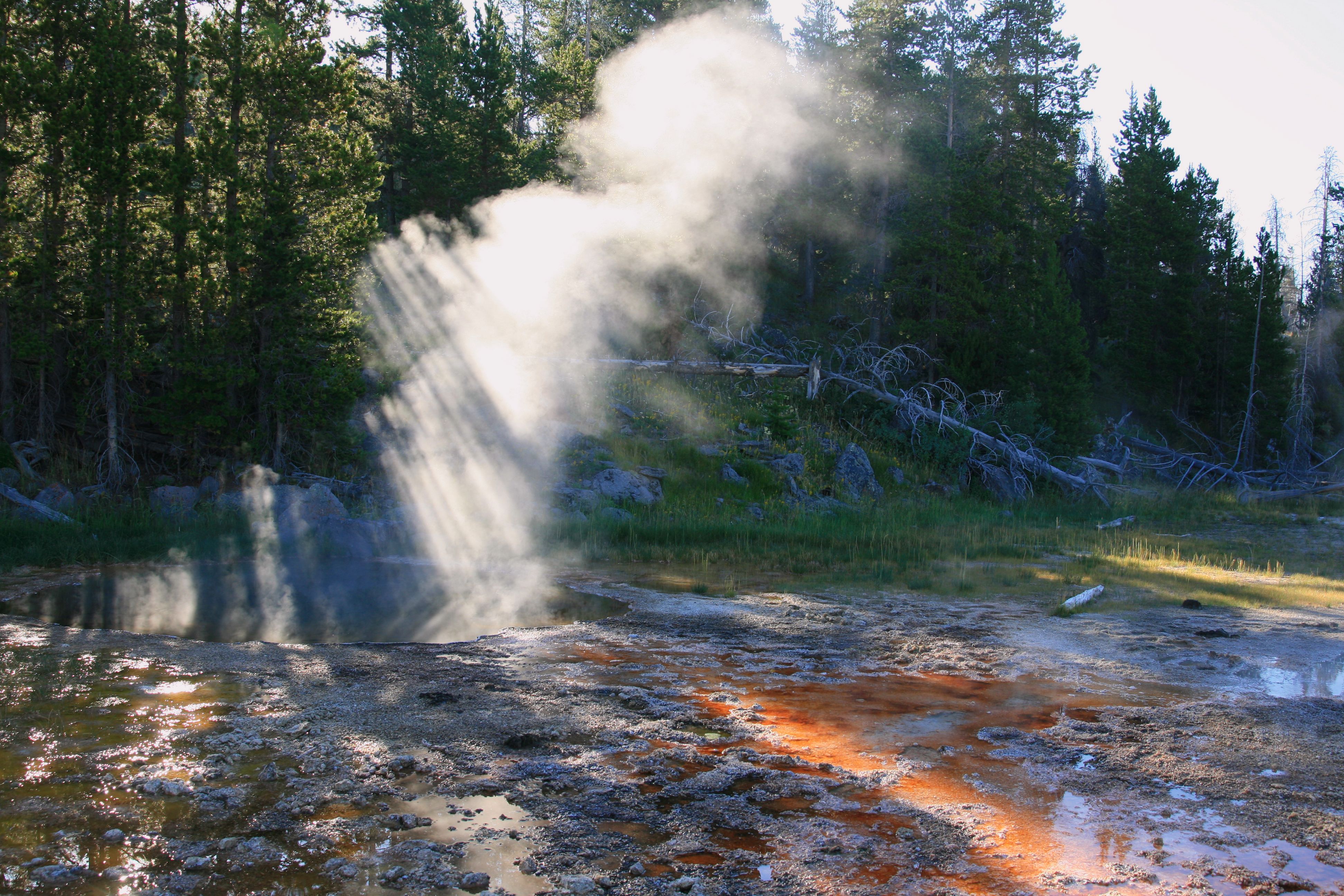
Typical volcano-hydrothermal systems have manifestations including acid crater lakes, boiling-point-temperature fumaroles, boiling pools, thermal springs, and steaming ground, with hydrothermal features like geysers, hot springs, and solfataras being common at stratovolcanoes and young calderas. These systems operate like underground cities with their own infrastructure of pipes, chambers, and transportation networks.
Deep-rooted fault zones and fracture networks connecting geothermal reservoirs to Earth’s surface channel vast amounts of hydrothermal fluids, and in undisturbed conditions, migrating fluids can form stable, long-lasting geothermal surface manifestations that provide valuable information about reservoir conditions. These systems can remain active for thousands of years without producing any volcanic eruption.
The Rapid Reawakening Potential
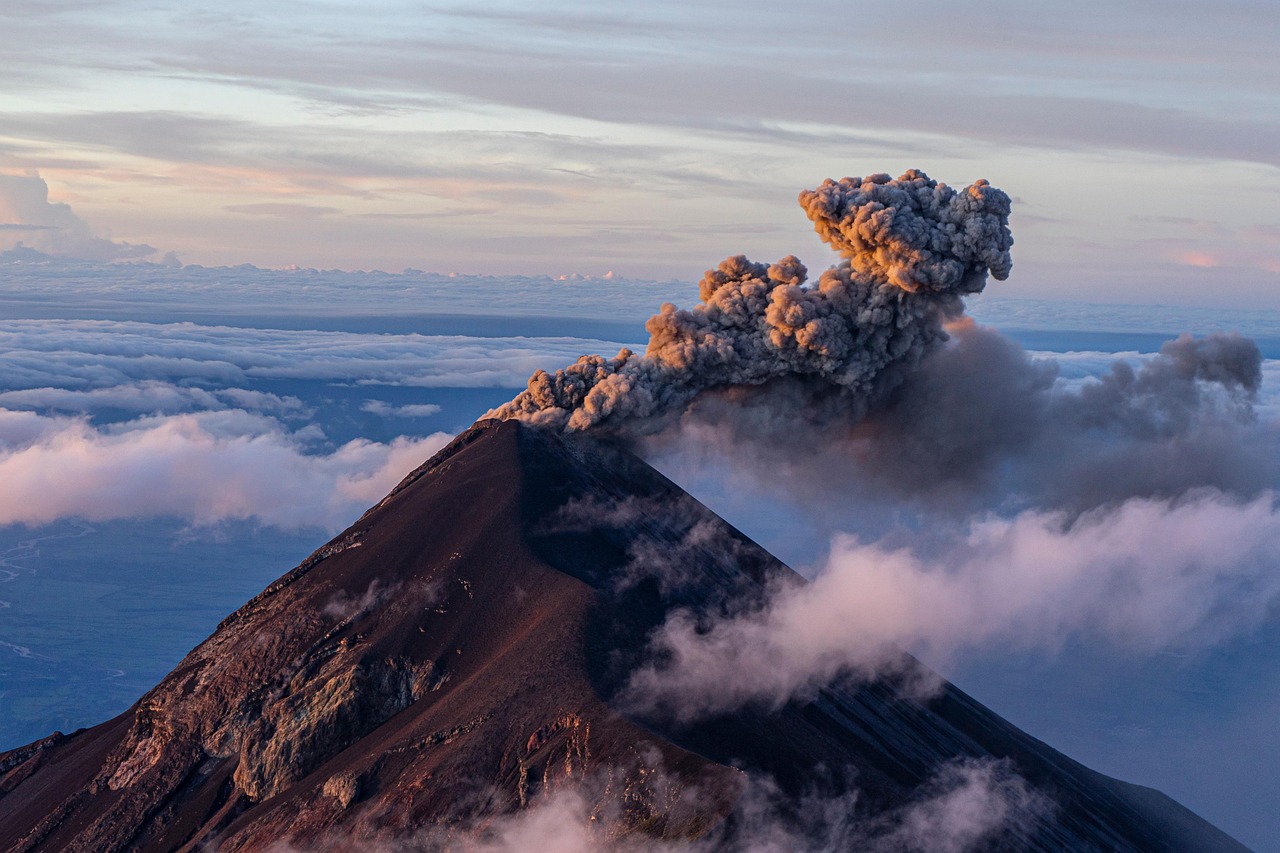
Perhaps the most surprising aspect of dormant volcanoes is how quickly they can transition from sleepy to explosive. New volcano models suggest that dormant volcanoes can stir to life in mere days instead of hundreds of years, with sleeping giants potentially waking up much quicker than previously thought.
Research shows that reactivation can occur rapidly, within weeks or months, in case of recharge by hot, hydrous magma. Despite tens of thousands or even over 100,000 years of dormancy, volcanic eruptions can resume, as demonstrated by examples where eruptions restarted after over 30,000 years of dormancy, resulting in more dangerous and explosive eruptions.
Mount Pinatubo, for example, had never erupted in recorded history before it stirred to life in 1991, killing several hundred people. This demonstrates the hidden danger of assuming dormant means safe.
Invisible Landscape Architecture

Dormant volcanoes are master landscape architects, working slowly but steadily to reshape their environments. The Hawaiian volcano Mauna Loa has experienced multiple episodes of inflation since its 1984 eruption, well documented since the mid-1990s. This ongoing inflation occurs without any visible eruption, yet it’s constantly altering the mountain’s shape.
Some volcanoes can cause severe uplift of over 200 meters in just one month through intrusion processes, creating laccolith-shaped bodies measuring roughly 0.8 cubic kilometers. These dramatic landscape changes happen entirely underground, yet they fundamentally alter the surface topography.
When silicic magma intrudes very near the surface but doesn’t breach to the surface, it may form a bulge on the surface known as a cryptodome. These bulges can persist for decades or centuries, creating new hills and altering drainage patterns without anyone realizing a volcano created them.
The Technology Revealing Hidden Activity
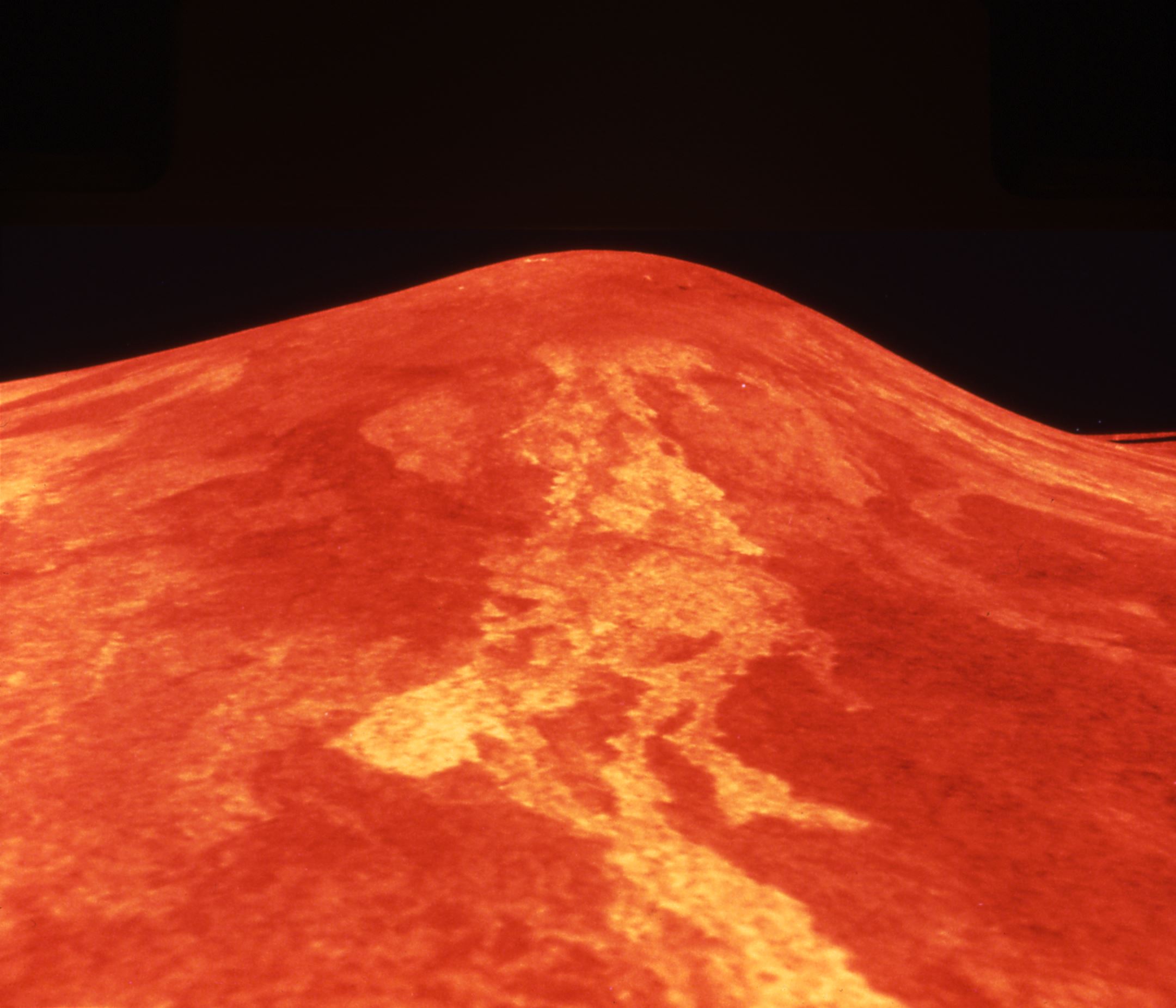
Global Positioning System measurements can estimate the location and amount of magma accumulating beneath the surface via both vertical and lateral movement, while InSAR uses multiple radar images collected by airplanes or satellites to make maps of ground deformation. These technologies have revolutionized our understanding of dormant volcano activity.
InSAR data provides detailed views of deformation changes that are apparent in GPS data, and also helps track ground movement associated with sudden volcanic events. The broad perspective offered by satellite monitoring reveals patterns invisible from ground-based observations alone.
New methods efficiently estimate the location and evolution of magmatic sources based on real-time surface deformation data, allowing tracking of inflation and deflation sources in time and providing estimates of where a volcano might erupt. This real-time capability transforms volcanic monitoring from reactive to predictive.
Chemical Fingerprints of Underground Drama
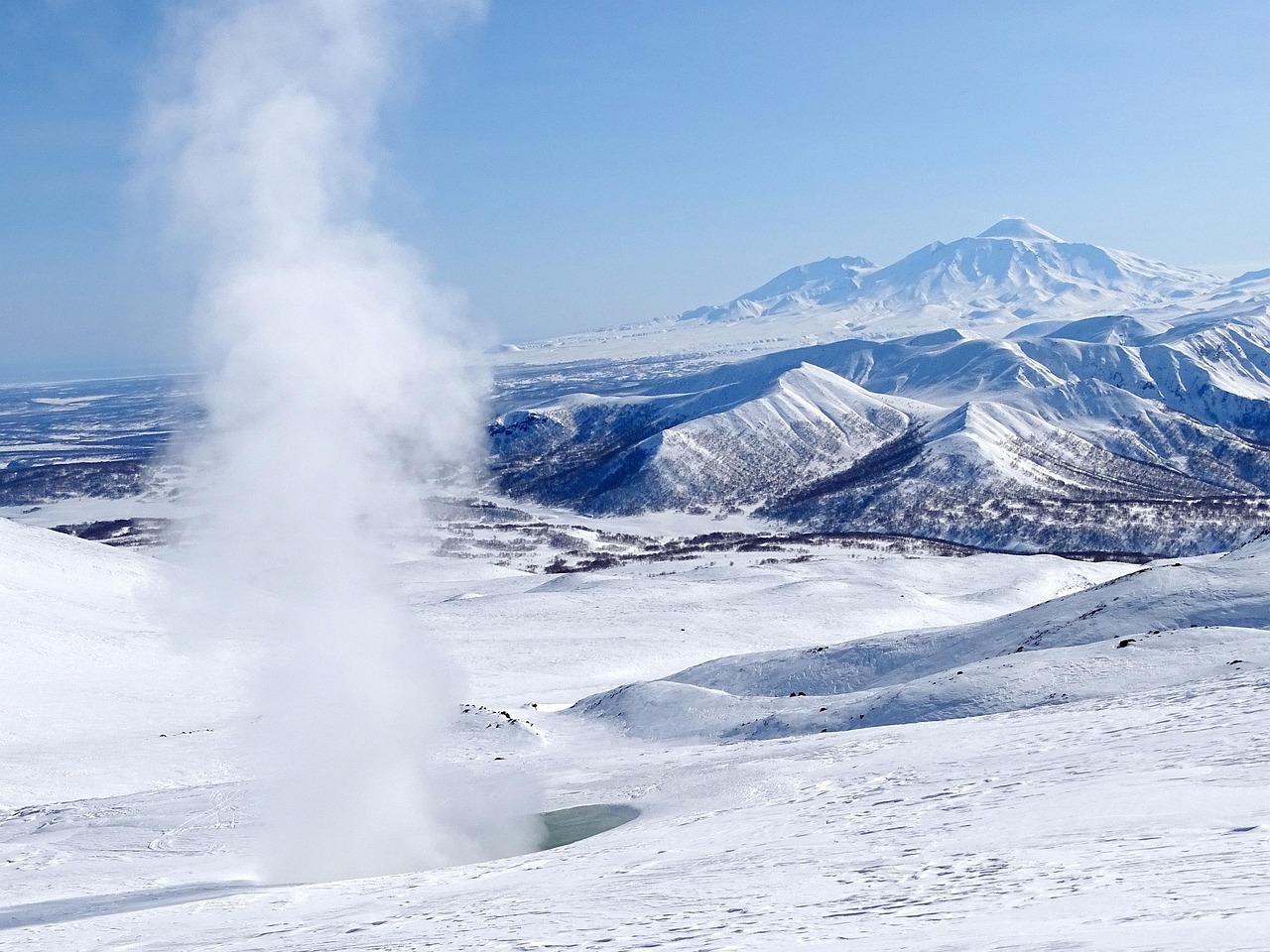
The injection of hot magmatic fluids from gas-rich magma into volcanic-hydrothermal systems is reflected in CO2, CH4, He, CO, and H2 contents, as well as helium and carbon isotopic signatures exiting from fumaroles. These chemical changes provide a real-time window into underground processes.
Changes perceived at the surface generally result from increased internal pressure, temperature changes, or changes in magmatic reservoir composition, with such variations observed before and immediately after eruptive activity at volcanoes like Mount St. Helens, Mount Etna, Stromboli, Vulcano, and Asama. However, these changes also occur during non-eruptive periods.
Gas compositions and fluxes are both expected to vary in response to underground processes prior to eruptions, but they also respond to ongoing subsurface activity during dormant periods. The chemical evolution happens continuously, creating a chemical timeline of underground events.
Long-Term Landscape Evolution
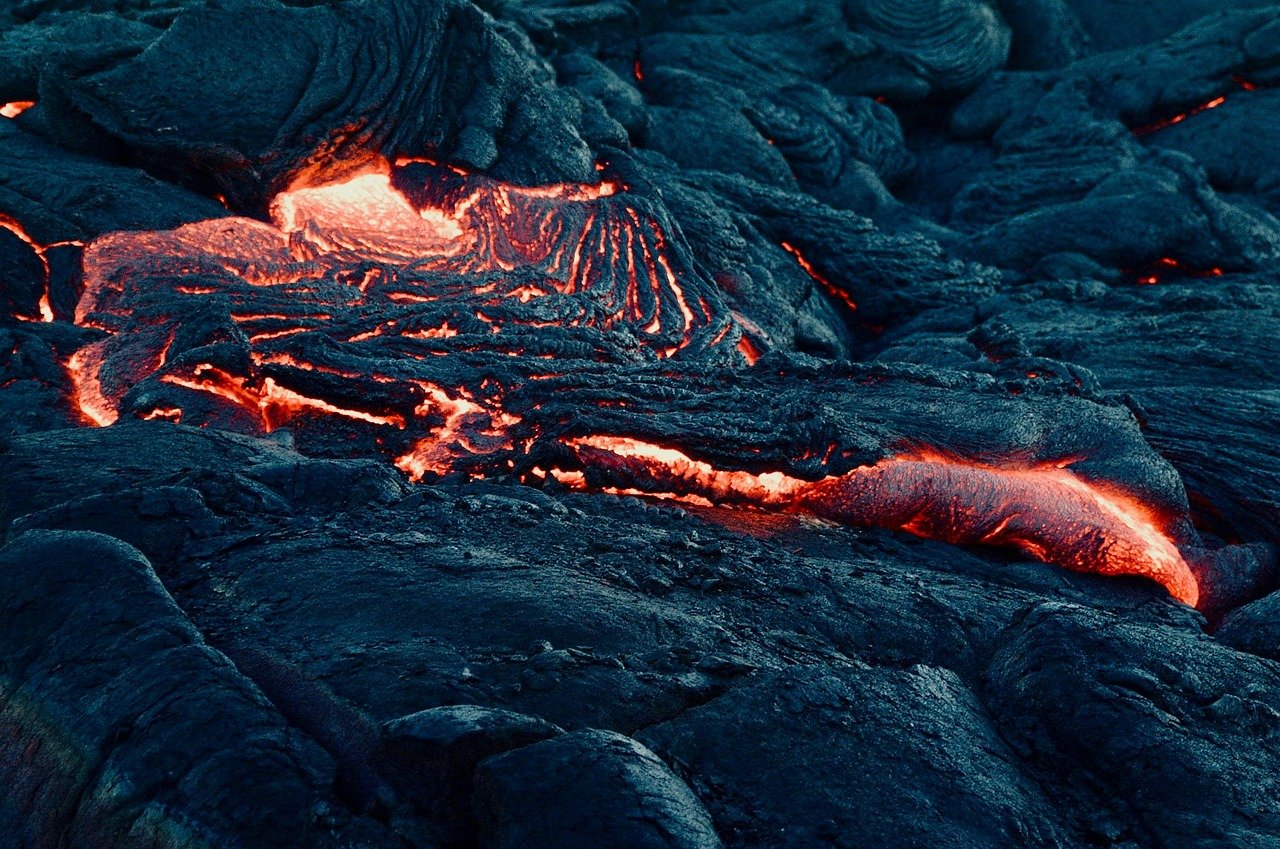
The renewal of volcanic activity is driven by repeated injections of magmatic fluids into hydrothermal systems, leading to progressive pressurization that can generate cumulative ground uplift of several meters over decades, along with thousands of earthquakes and enlargement of degassing areas. These changes accumulate over time, fundamentally altering regional topography.
Cooling of magma bodies results in volume loss due to crystallization, leading to ground subsidence, with this process typically producing long-term slow subsidence rates that can be measured at roughly 10 millimeters per year. While individual changes are small, their cumulative effect over centuries or millennia is substantial.
Ground surfaces at volcanic areas like Yellowstone experience ongoing ups and downs, with the caldera subsiding at rates of 2-3 centimeters per year in recent years, while during 2004-2010 the caldera uplifted at similar rates. This constant motion reshapes the landscape without any dramatic eruptions.
The Future of Dormant Volcano Monitoring

Currently, many volcanoes are not monitored at the same level as others due to remote locations, with space-based satellite sensing being the only source of data to detect transitions from dormancy to unrest for many remote and unmonitored volcanoes. This represents both a challenge and an opportunity for future monitoring efforts.
Research helps highlight that, in addition to roughly 1,350 potentially active volcanoes on Earth, long-dormant volcanoes can also pose previously unrecognized hazards, especially if there is still melt-bearing magma beneath them. The implications extend far beyond traditional volcanic monitoring.
By capturing a more complete picture of volcanic gas emissions, scientists can gain deeper insights into magma movement, observe potential signs of impending eruptions and signs that ongoing eruptions might be ending, with such advancements potentially enhancing early warning systems and improving safety measures for people living near active volcanoes.
Conclusion

The world of dormant volcanoes reveals itself as anything but dormant when examined closely. These restless giants continuously reshape our landscapes through ground deformation, gas emissions, and hydrothermal activity. Their influence extends far beyond the dramatic moments of eruption, working steadily over decades and centuries to alter the face of our planet.
Understanding these processes isn’t just academic curiosity. Even in quiet dormant phases, volcanoes can rapidly become active and their eruptions can pose previously unknown threats to surrounding areas. The technology we’ve developed to monitor these subtle changes represents a crucial advance in both scientific understanding and public safety.
What fascinates you more about these hidden volcanic processes? Tell us in the comments.

